On 31 August 1803, Lewis and his crew embarked from Pittsburgh and headed down the Ohio River. Using Lewis’s sporadic journal entries, letters written along the way, newspaper articles, and the journals of other travelers like Thomas Rodney, the day-by-day journey has been reconstructed. After picking up Clark and several new recruits, they arrived at Fort Massac and the mouth of the Ohio on 11 November 1803. On 20 November 1803, the boats were turned against the Mississippi current bound for St. Louis and the Missouri River.
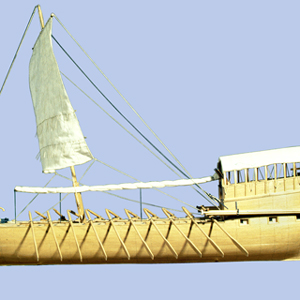

Meriwether Lewis listed a “Keeled Boat” in his pre-expedition shopping list, but after he finally got it, he and the other journalists of the Corps of Discovery simply called it “the boat” (190 times) or, less often, “the barge” (32 times).
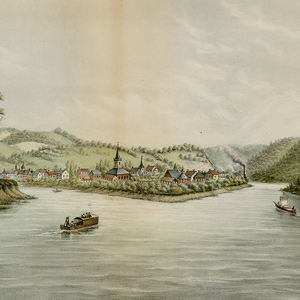

The Corps of Discovery, as it would be called, or the “corps of volunteers for North Western Discovery,” as Lewis put it, epitomized the rising glory of the United States—its sense of limitless possibilities and unparalleled opportunities.
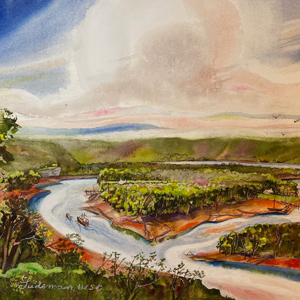

Even though Lewis himself declared the mouth of the River Dubois to be the expedition’s official point of departure, the two and one-half months spent descending the Ohio River were in fact its real beginning.
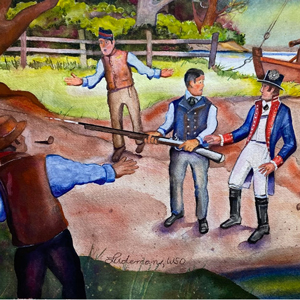

“accedentaly the ball passed through the hat of a woman about 40 yards distanc cutting her temple about the fourth of the diameter of the ball.”
Into West Virginia
The old frontier
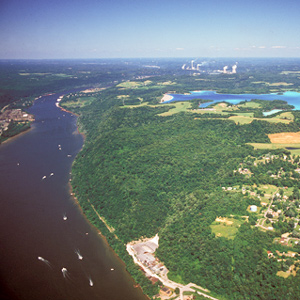

Lewis and his skeleton crew of eleven men crossed the boundary between Pennsylvania and present-day West Virginia south of the river, and Pennsylvania and Ohio on the north. With that, they officially entered the Old Northwest.
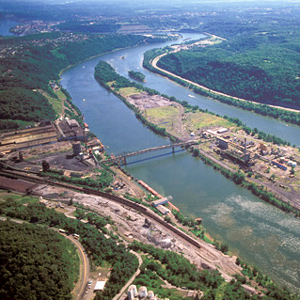

They camped for that night somewhere on the big island now known as Brown’s. When darkness fell the two canoes, which carried most of Lewis’s most valuable supplies, were still behind. “Ordered the trumpet to be sound[ed],” he wrote, “and they came up in a few minutes.”


Lewis had contracted with a wagoner to haul a substantial part of his baggage from Pittsburgh to Wheeling. In 1803 there were only a few thousand miles of decent wagon roads in the seventeen states, and Wheeling was the western terminus of one of the newest of them.
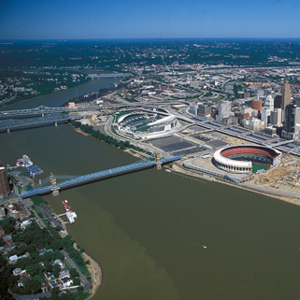

“Finding my men much fatiegued with the labour to which they have been subjected in descending the river, I determined to recruit [rest] them by giving them a short respite of a few days, having now obtained the distance of five hundred miles.”
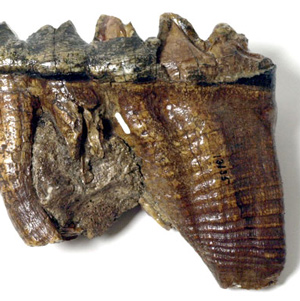

After leaving Pittsburgh, Lewis had his first two opportunities to personally delve into the new science of paleontology. One was a trip to Big Bone Lick, a natural salt lick and fossil bed more than 15,000 years old, situated in Kentucky less than 20 miles southwest of Cincinnati.
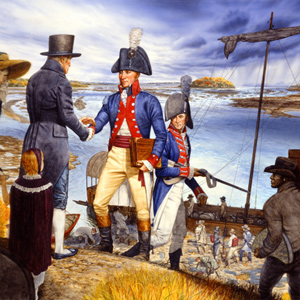

As the days grew shorter and cooler, William Clark must have worn a path to the Louisville landing. The barge (keelboat) could be expected to heave into site at any moment.
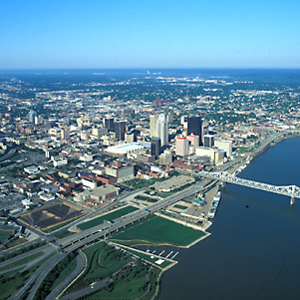

Clark was waiting with seven more recruits who would become permanent members of the contingent soon to be known as the Corps of Volunteers for North Western Discovery.
Ohio River Recruits
by Arlen J. Large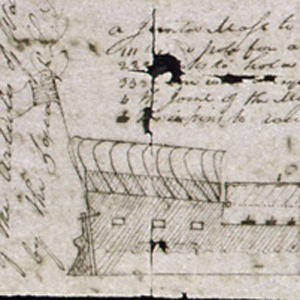

Dearborn gave the departing Lewis an order limiting his permanent size to 15 men. These soldiers also were to be obtained at Kaskaskia and other Illinois Army posts, or newly recruited into the Army from “suitable Men” encountered by Lewis along the way.
Louisville to Fort Massac
by James J. Holmberg

Jonathan Clark mentions parting with the explorers at his son-in-law’s farm in present west Louisville, and Lewis records stopping at the first Kentucky settlement below Louisville. That settlement might have been West Point, at the mouth of Salt River, where John Shields lived.
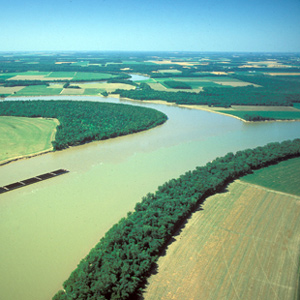

Lewis, Clark, and their crew must have passed the mouth of the Wabash about 5 November 1803. The captains had crisscrossed the area in the course of their military duties, and in 1792 Clark had gained one of his first experiences in river navigation.
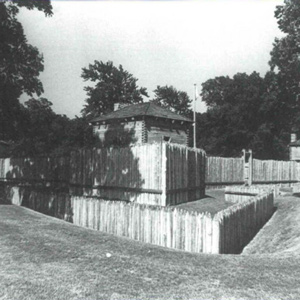

Six years before signing on with the Lewis and Clark Expedition, George Drouillard took part in a sensitive international mission for the United States Army. This mission was probably just one of Drouillard’s many services to the United States in the last decade of the eighteenth century.
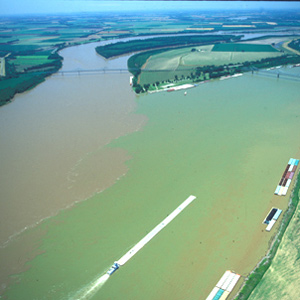

On the evening of 14 November 1803, Lewis and Clark camped on the point between the Ohio and Mississippi Rivers. By now they had rowed, poled, dragged, and occasionally sailed their boats a total of 981 miles.
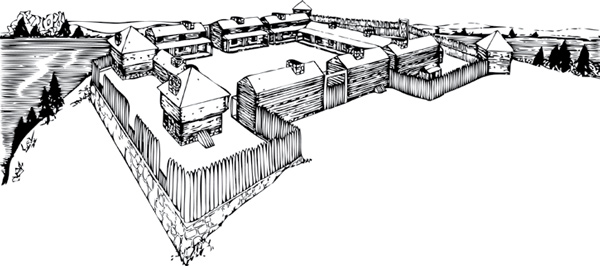
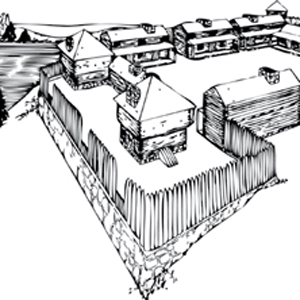
Fort Southwest Point, a frontier garrison in eastern Tennessee during the late 1790s and early 1800s, played an important role in the planning for and recruitment of soldiers for the Lewis and Clark Expedition.
